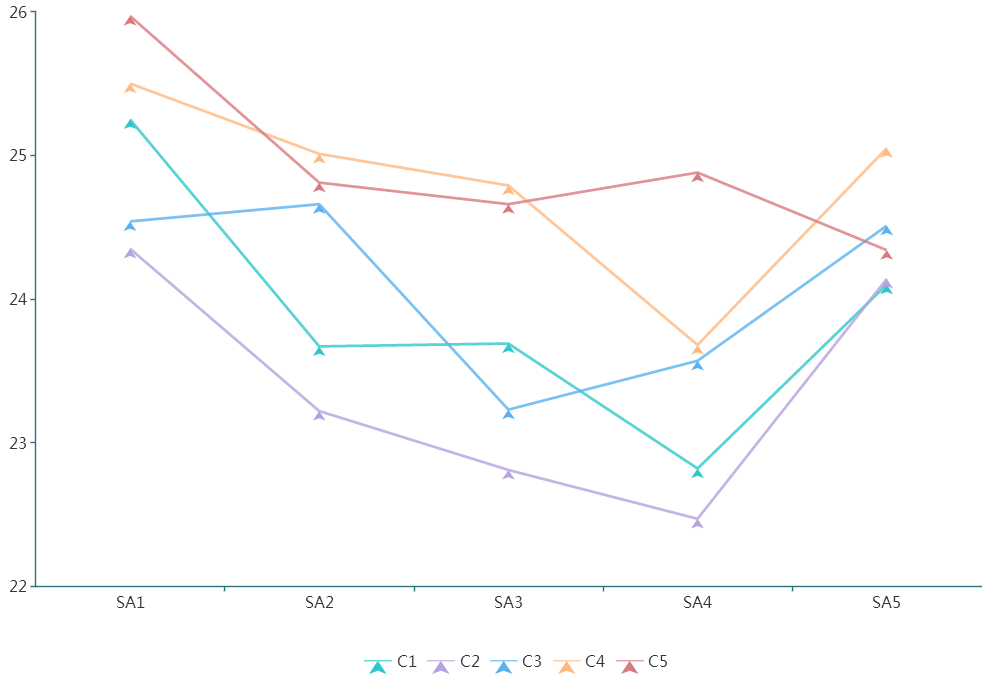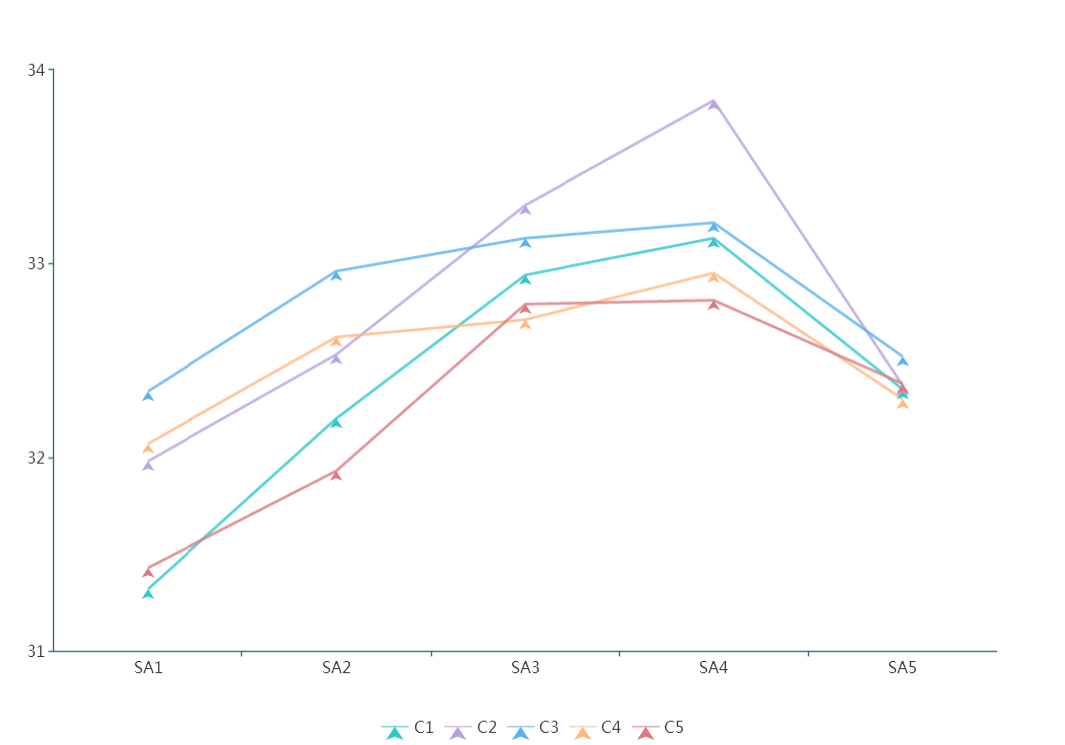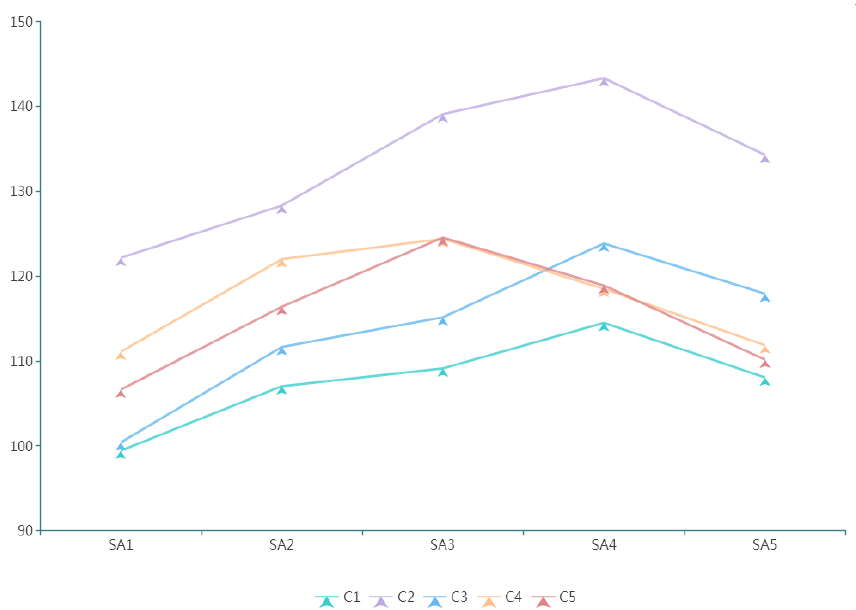Phenotypic Plasticity of Spineless Safflower (Carthamus tinctorius L.) Cultivars in Response to Exogenous Application of Salicylic Acid under Rainfed Climate Conditions
Adnan Arshad1*, Huma Qamar2, Ristina Siti-Sundari3, Zhang Yue1, Muhammad Zubair2, Muhammad Ali Raza4, Muhammad Habib-ur-Rehman5 and Lizhen Zhang1*
Phenotypic plasticity of days taken flowering initiation from seed of spineless safflower (Carthamus tinctorius L.) cultivars in response to exogenous application of salicylic acid under rainfed climate condition (SE: 0.295 LSD).
Phenotypic plasticity of days taken flowering maturity from seed of safflower (Carthamus tinctorius L.) cultivars in response to exogenous application of salicylic acid under rainfed conditions (SE: 0.148 LSD).
Phenotypic plasticity of capitulum filling duration of safflower (Carthamus tinctorius L.) cultivars in response to exogenous application of salicylic acid under rainfed climate conditions (SE: 0.180 LSD).
Phenotypic plasticity of number of days taken complete crop maturity starts from seed of safflower (Carthamus tinctorius L.) cultivars in response to exogenous application of salicylic acid under rainfed climate conditions (SE: 0.320 LSD).
Phenotypic plasticity of number of seeds plant-1 of spineless safflower (Carthamus tinctorius L.) cultivars in response to exogenous application of salicylic acid under rainfed climate conditions (SE: 0.721 LSD).
Phenotypic plasticity of 1000 seed weight (g) spineless safflower (Carthamus tinctorius L.) cultivars in response to exogenous application of salicylic acid under rainfed climate conditions (SE: 0.614 LSD).
Phenotypic plasticity of seed oil content (%) of spineless safflower (Carthamus tinctorius L.) cultivars in response to exogenous application of salicylic acid under rainfed climate conditions (SE: 0.247 LSD).
Phenotypic plasticity of oil yield (kg ha-1) of spineless safflower (Carthamus tinctorius L.) cultivars in response to exogenous application of salicylic acid under rainfed climate conditions (SE: 0.873 LSD).














